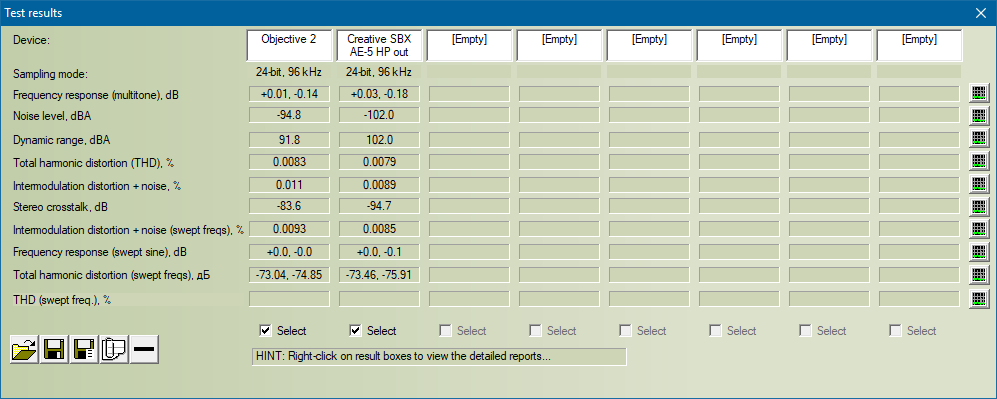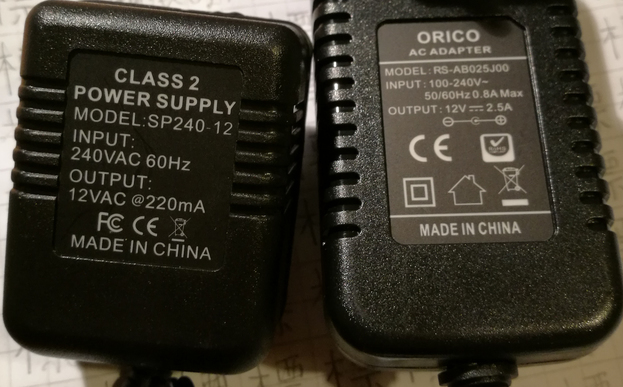DJ The Rocket
500+ Head-Fier
AE-5 and I'd definitely give the detail advantage to
What do you mean by this? Details (or lack thereof) don't have anything to do with the amplifier, provided the amp meets certain minimum thresholds for noise, distortion, or less likely, slew rate, etc. One amp is going to have precisely the same detail as the next.
Often, certain kinds of treble distortion can be perceived as being "more detailed," but that's not true detail. Again, there's nothing wrong with enjoying this kind of distortion more than transparency. I personally consider anything that decreases transparency a flaw.
Also if you wonder about my hearing, I can hear grasshoppers just fine - even when there's other noises around.
Okay. That's neat? This is a really, really strange thing to say. From the context I think I know what you're trying to prove, and I'm trying really hard not to sound condescending here and I don't think I'm going to succeed, but the fact that you think this example means anything demonstrates that you don't understand how hearing perception works. Maybe someone else with better tact can break down exactly why?
























